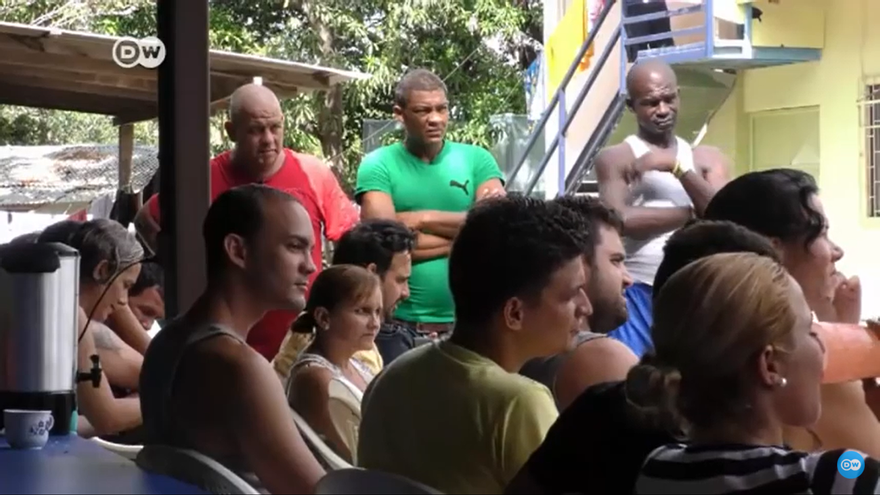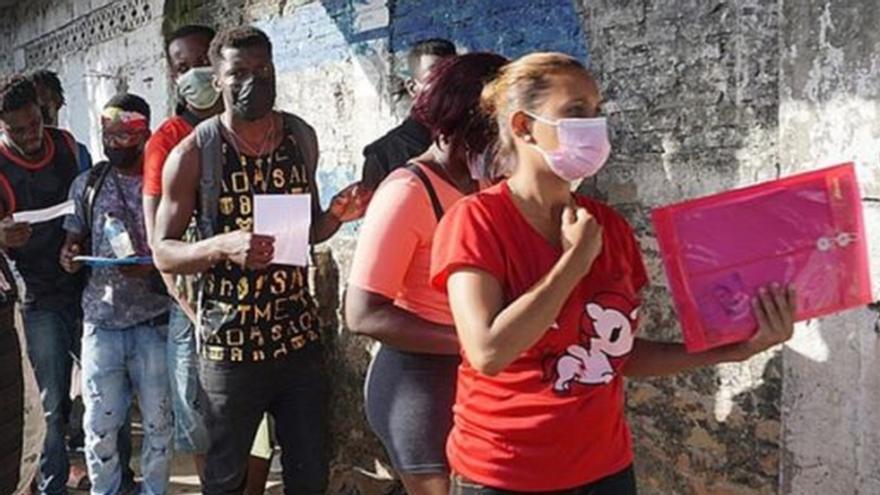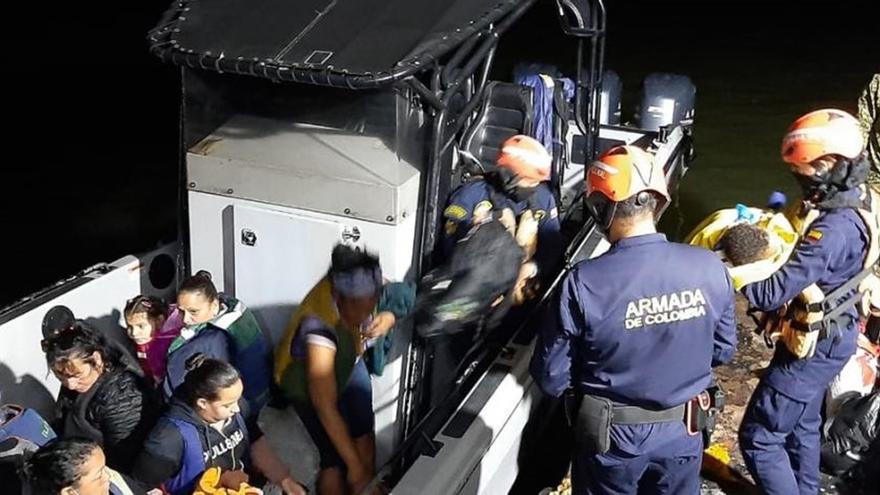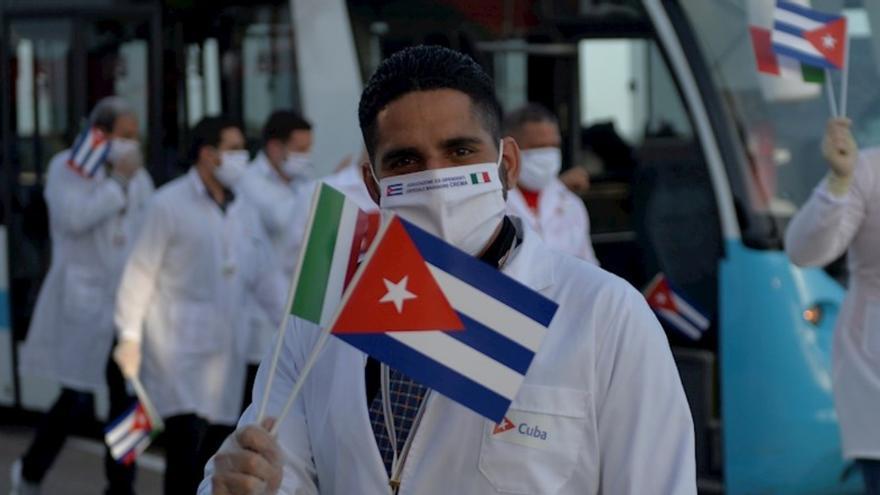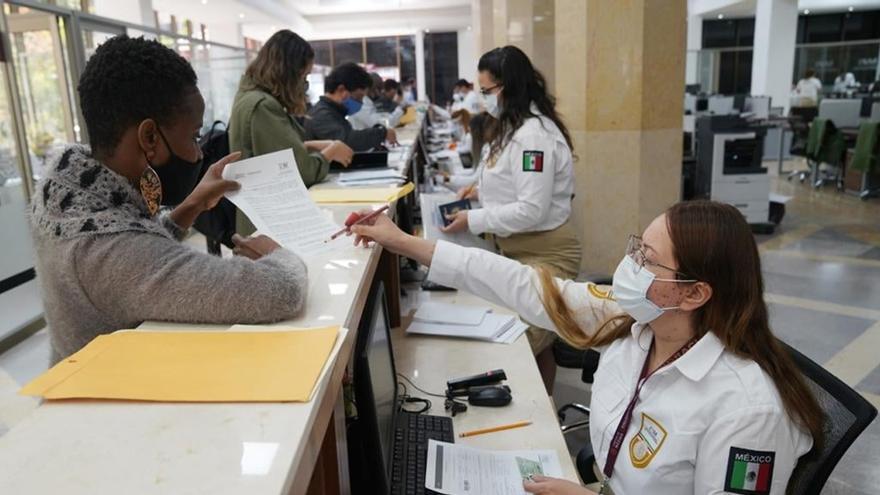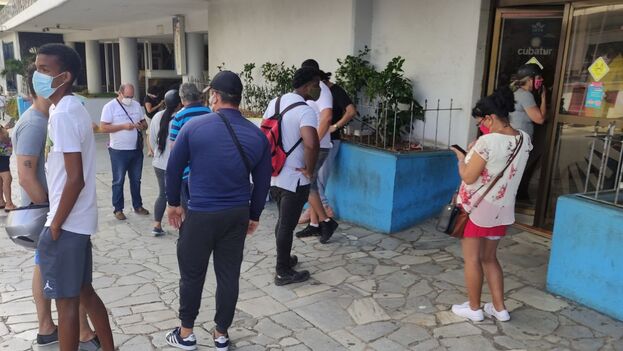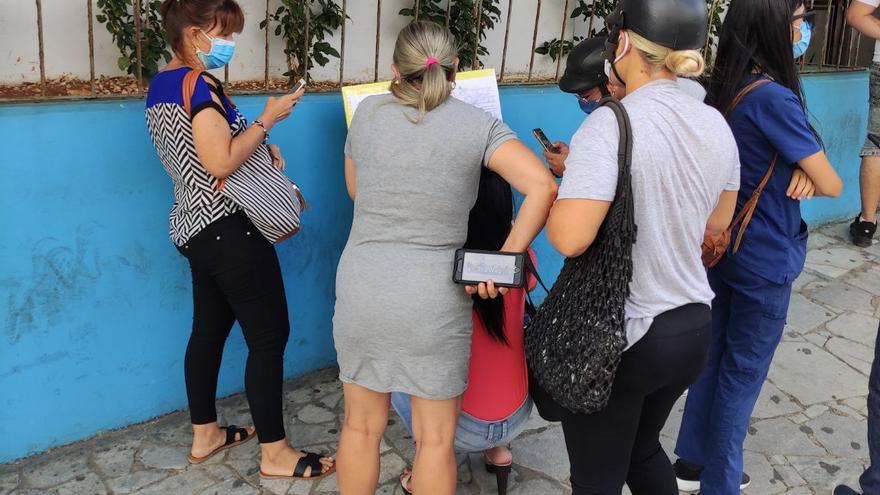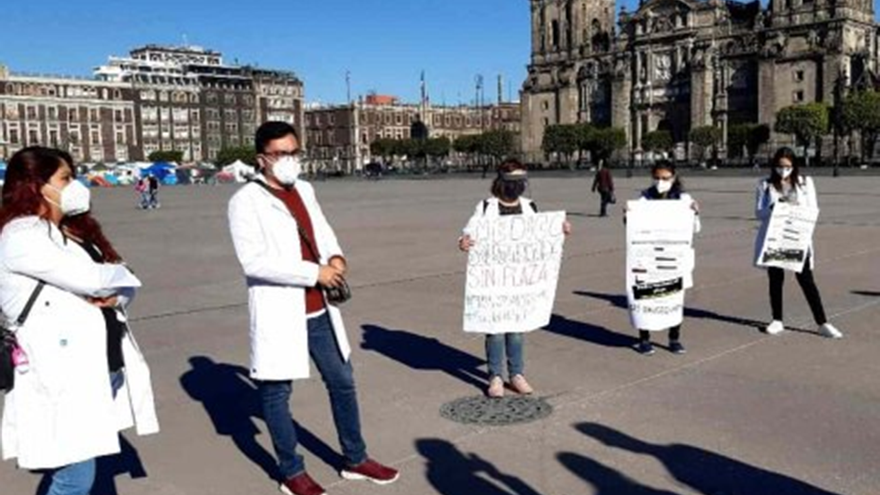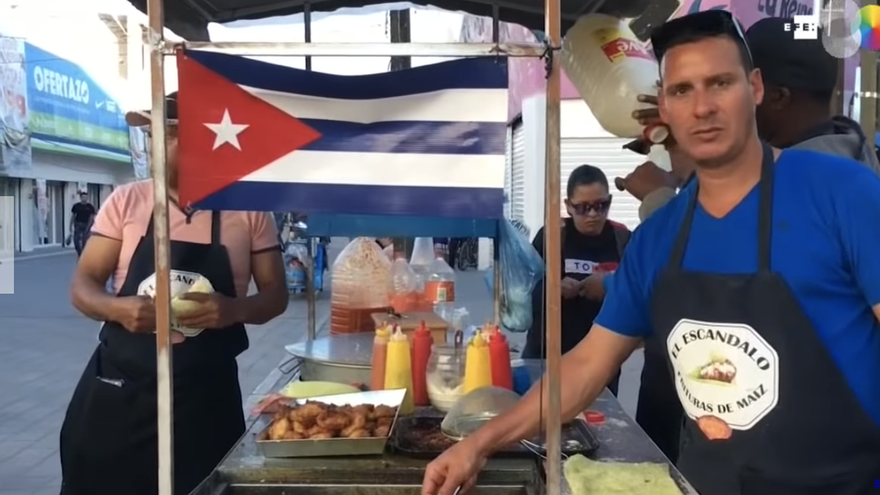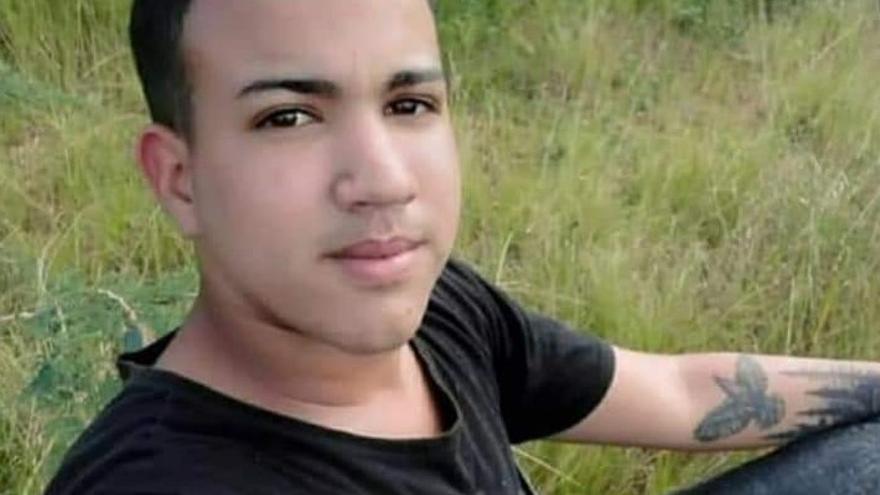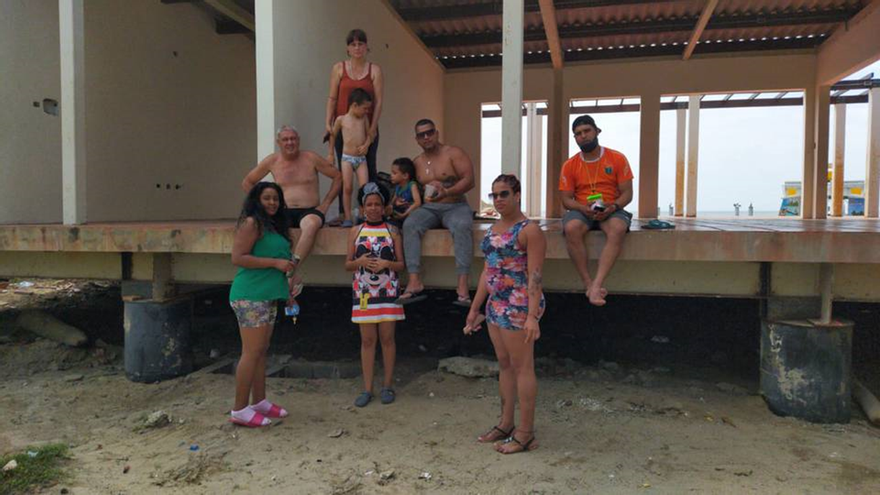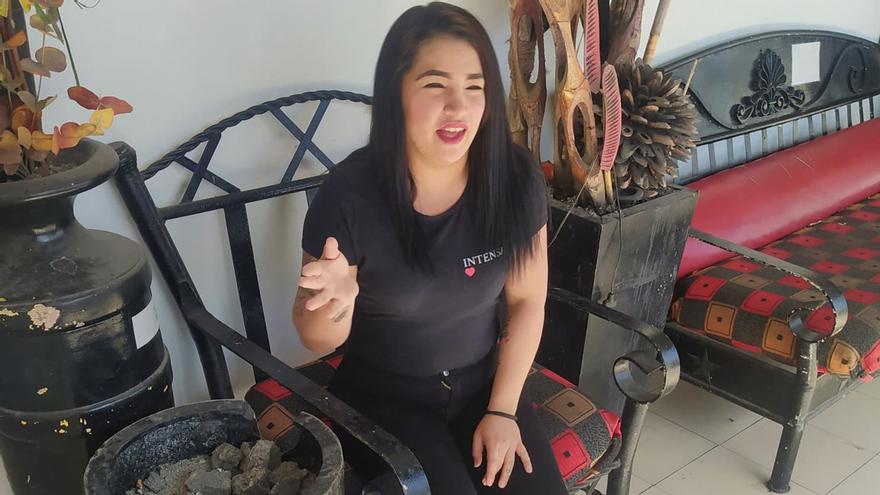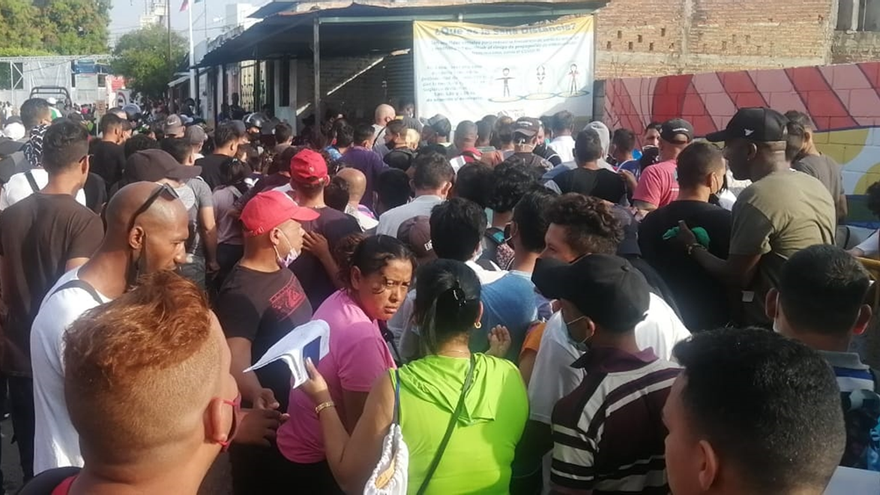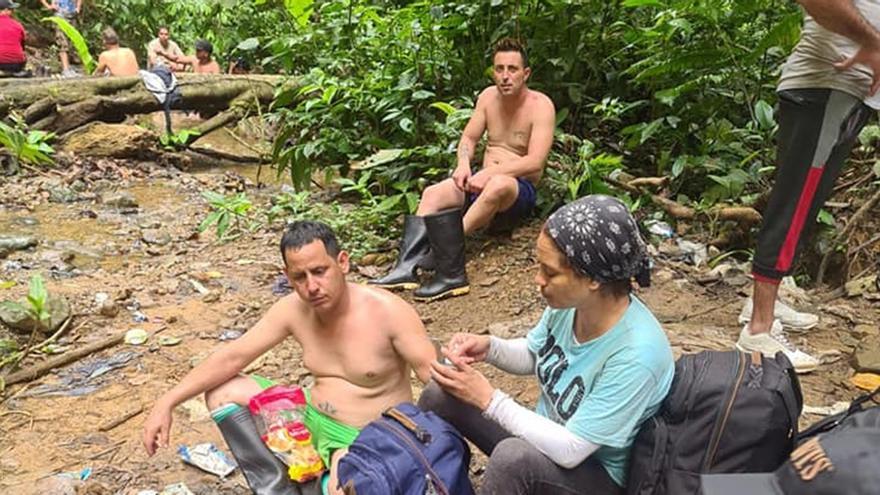
![]() 14ymedio, Lorey Saman, Mexico, 27 September 2021 — Cuba is the country with the second most migrants (10,742) who have crossed into Panama through the Darien jungle in the first eight months of 2021. The only country that surpasses it, which is far ahead, is Haiti, with 43,623, according to statistics from the National Migration Service of that country.
14ymedio, Lorey Saman, Mexico, 27 September 2021 — Cuba is the country with the second most migrants (10,742) who have crossed into Panama through the Darien jungle in the first eight months of 2021. The only country that surpasses it, which is far ahead, is Haiti, with 43,623, according to statistics from the National Migration Service of that country.
Since last June, Haiti and Cuba report a considerable increase in irregular migration through Panamanian territory with the aim of reaching the United States. The Island, with 2,600 a month, doubled the average of those who entered each month between January and May.
The increase in the transit of Cubans through South and Central America is also reflected in the latest figures published by Mexico’s National Commission for Refugees (Comar). In total, 7,375 nationals of the Island have requested refuge, which are surpassed in this case by Honduras (29,699) and Haiti (18,883).
Given the delay in refugee processing in the city of Tapachula continue reading
The most recent were those that gathered by the thousands in the middle of this month under a bridge on the border that connects Ciudad Acuña, in Mexico, with Del Rio, in Texas. They were mostly Haitians, but there were also Cubans, Venezuelans and Nicaraguans, according to authorities’ reports.
In this regard, the Biden Administration announced last weekend that thousands of Haitians and other nationalities requesting asylum in that country have already been released into the United States.
Alejandro Mayorkas, Mexico’s secretary of National Security, told local media that at first 12,400 migrants were released and said that his office follows current law when determining whether to deport them or not. In addition to this figure, some 2,000 Haitians have been returned by plane to their country, 8,000 returned voluntarily to Mexico and 5,000 were transferred to US reception centers.
While the migratory crisis on the US border seems controlled for the moment, in the south of the continent, in Necoclí (Colombia), the tensions continue to center on the thousands of foreigners who crowd in that municipality while they wait to continue on their way to the US.
The authorities report that in that area there are around 20,000 people waiting to cross the Colombian border with Panama. With quotas restricted to 500 people a day, many will have to wait more than a month in this town on the Gulf of Urabá.
Wilfredo Francisco Menco, representative of the Public Defender of the People, told El Espectador that many migrants are in a very vulnerable situation because not everyone can rent a room and several have had to set up camps on the street. “These precarious conditions in which they live are generating health problems for them.”
Added to this are, among other problems, the shortage of drinking water and the increase in garbage production, which went from 15 to 45 tons per day. According to Canal RCN, the health system is on the verge of collapse due to the fact that the municipal hospital does not provide enough to care for locals and foreigners. In addition, the food that reaches the area is not enough to feed everyone.
____________
COLLABORATE WITH OUR WORK: The 14ymedio team is committed to practicing serious journalism that reflects Cuba’s reality in all its depth. Thank you for joining us on this long journey. We invite you to continue supporting us by becoming a member of 14ymedio now. Together we can continue transforming journalism in Cuba.

